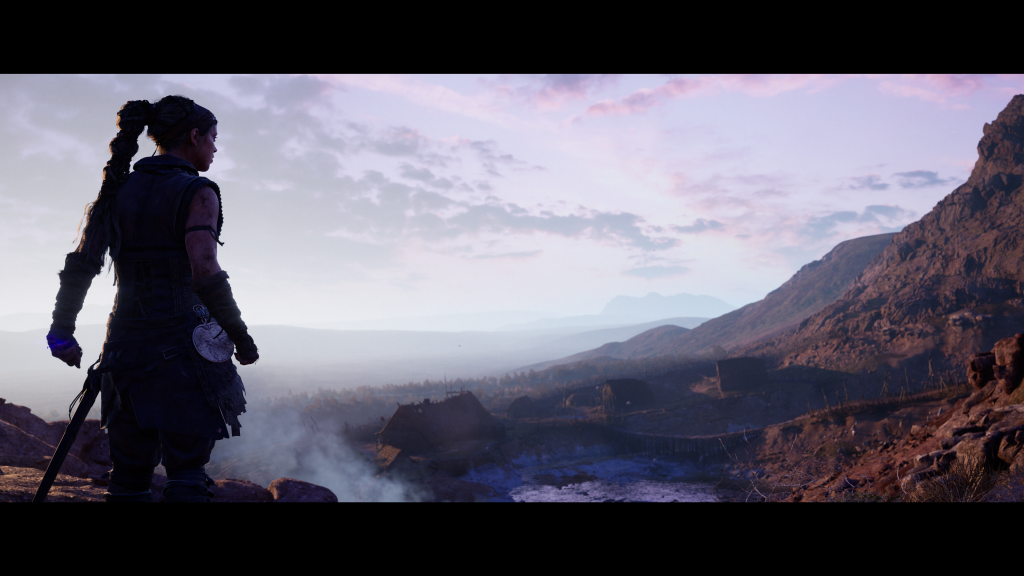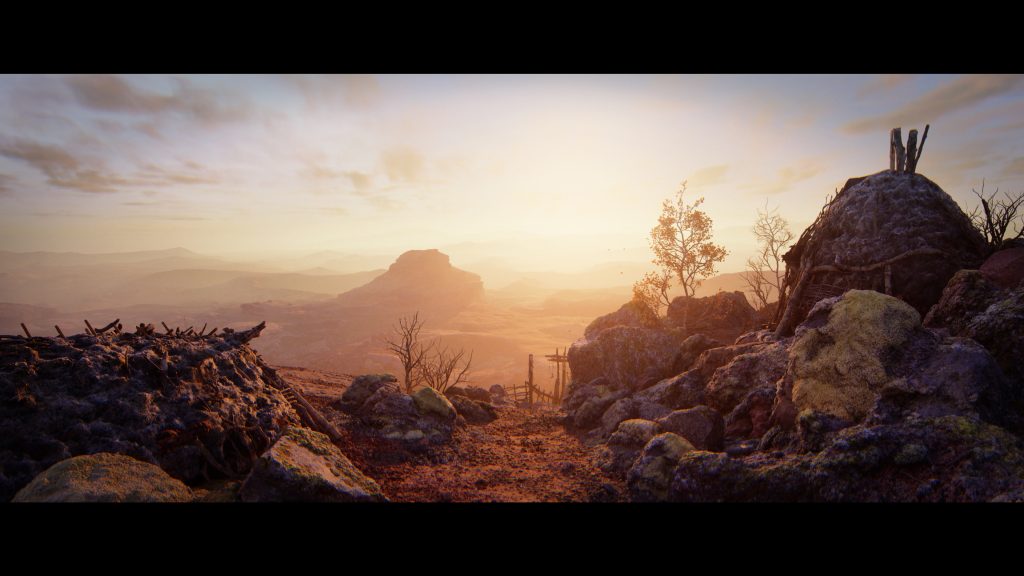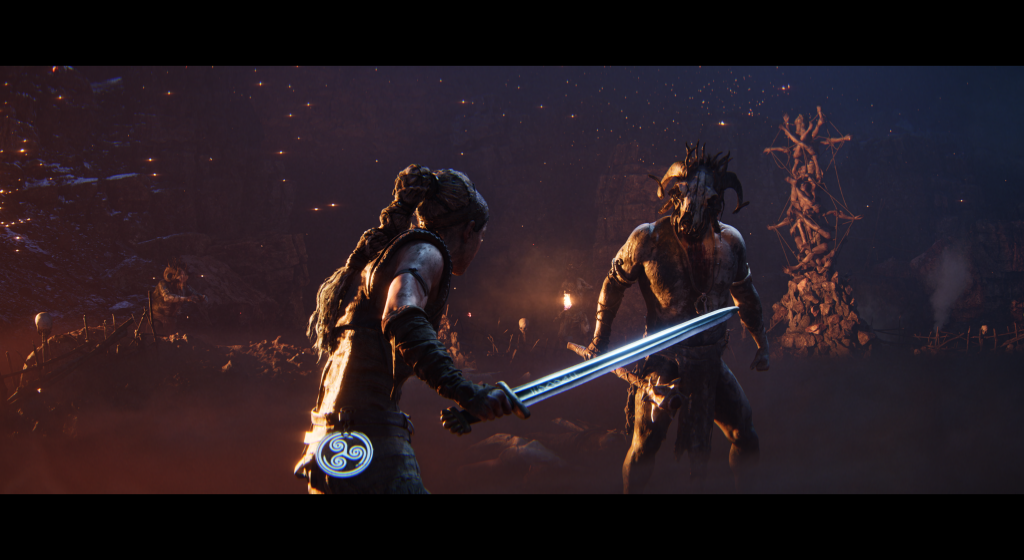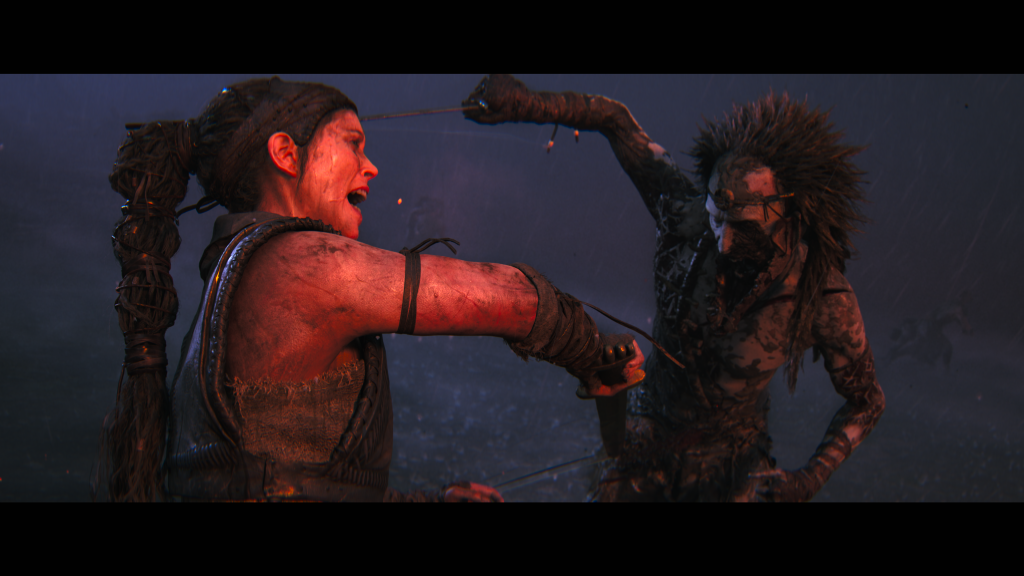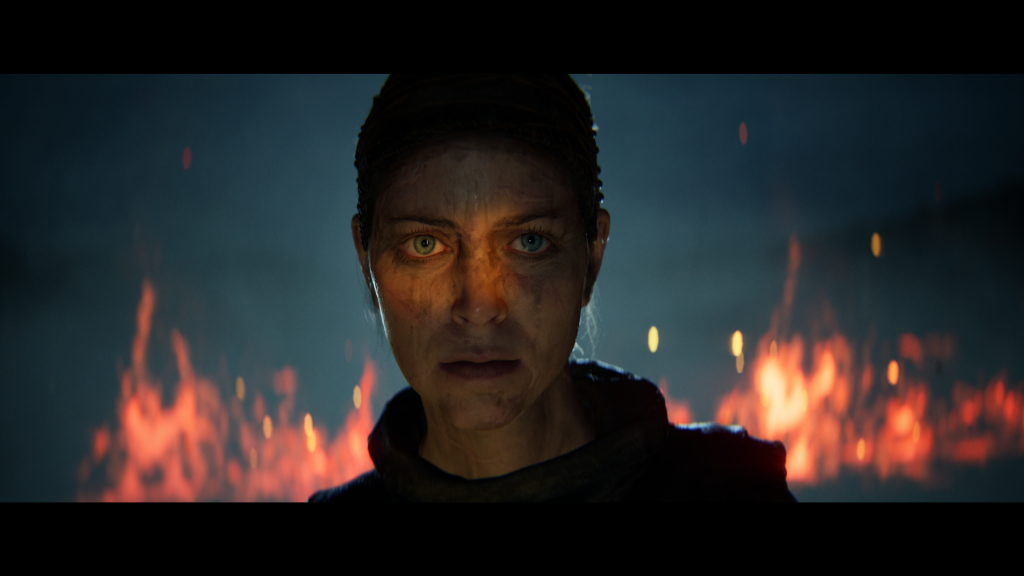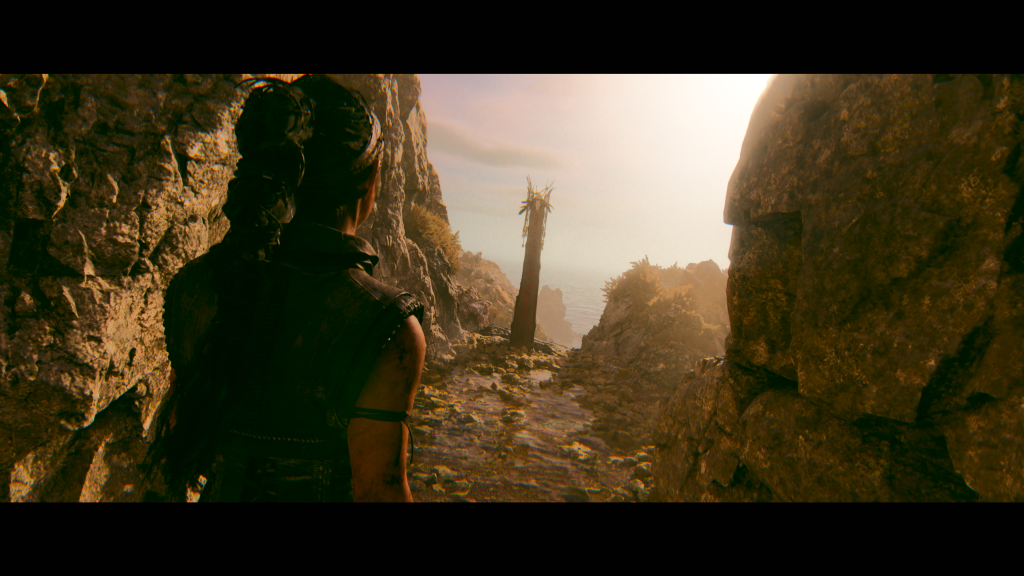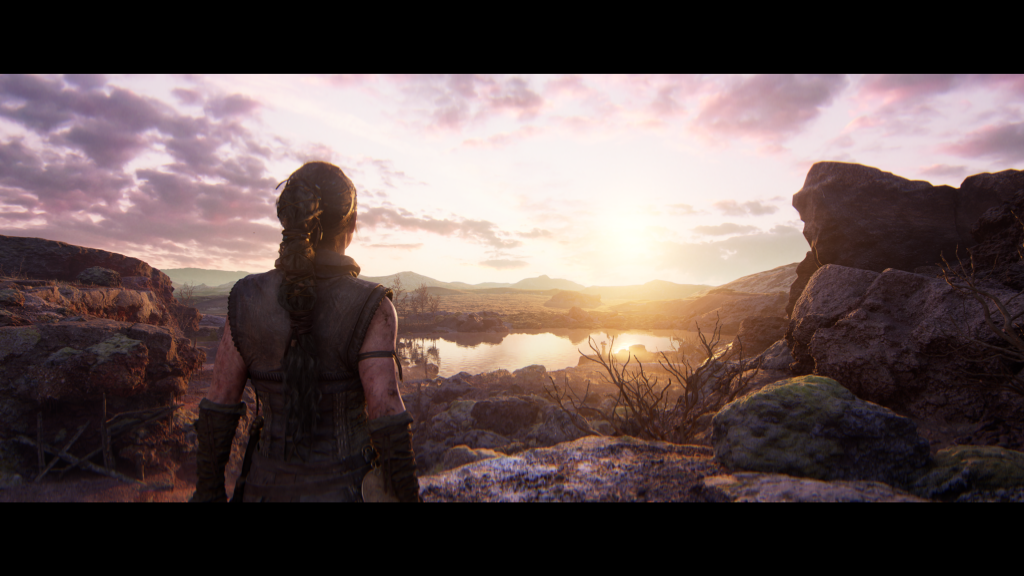Senua’s Saga: Hellblade II is the latest game from Ninja Theory and a sequel to 2017’s Senua’s Sacrifice: Hellblade. This follow-up comes with far more baggage than its predecessor, which largely came out of nowhere to impress with its compelling central performance from Melina Juergens and its use of binaural audio to replicate psychosis.
In 2018, less than a year after Senua’s Sacrifice was released, developer Ninja Theory was acquired by Microsoft. Since then, Hellblade II has been a constant presence at the various Xbox Games Showcases and while always looking impressive, it never quite seemed to fit the ‘platform exclusive’ label Microsoft clearly wanted it to have.
In this way, I fear the game has been burdened with unfair expectations. This sequel was never going to be Microsoft’s version of God of War or Zelda, and the near complete lack of marketing leading up to Hellblade II’s release would suggest they are aware of this fact.
The recent, and devastating, shuttering of Tango Gameworks and Arkane Austin looms large over this release. We need more games of this scale in the industry, I just hope Hellblade II meets whatever metric of success Microsoft has in mind and we avoid yet another studio closure.
Enough doom and gloom, is the game good? Having now completed Senua’s second tale, I am thrilled to report that it is a visually cutting-edge, complete, and undiluted experience with a strong emotional core.
Following the events of the first game, Senua has let herself be captured by Viking slavers to travel to their homeland and deal with their leader directly. The ship carrying her back to Iceland sinks in a storm, allowing her to escape captivity and begin her journey.
Senua’s Saga is a graphical benchmark thanks to its use of Unreal Engine 5. The state-of-the-art lighting combined with incredible facial animation and photogrammetry of real locations in Iceland is absurdly realistic and immersive.
The gameplay is simple, perhaps even more so than the original. It’s best to think of Senua’s Saga as an extremely high-fidelity and cinematic walking simulator. There is combat, puzzle-solving and exploration, but it is all light, linear and simple.
Despite this straightforwardness, I don’t want to undersell what Senua’s Saga offers. The combat feels like you’re playing a CGI cutscene. The various people and creatures you fight are intimidatingly realistic, with the glow of nearby fires reflecting off their skin and the binaural audio making it seem like they’re in the room with you.
Senua may fight one enemy at a time, but the way you seamlessly transition from one encounter to the next thanks to some clever animations. You might stab one foe in the neck, right as another enemy charges into him, knocking him down and causing a new fight to begin.
The sound design is incredible, with the clashing of swords and guttural cries of your adversaries adding a lot to the spectacle. The result is something that feels frenetic, grounded and scrappy, despite it boiling down to dodging, parrying and attacking at the right time. When a fight wraps up, and Senua frantically looks around to make sure she’s safe, you feel like you’ve just barely survived something.
The same can be said for certain set pieces I won’t detail to avoid spoilers. Again, on paper, you may only be moving from A to B. Still, the atmosphere of the environment you are moving through, the adversaries in your path and the sound of everything elevates what’s happening into something truly spectacular. Needless to say, Ninja Theory has some very talented artists and technicians at their disposal.
There is no HUD, inventory, gear or map and at no point during Hellblade II’s 6-8 hour run-time did I find myself wishing it had any of these elements. Senua’s Saga is undoubtedly a better game for their absence.
All of this is deliberate. Ninja Theory wants to place you firmly in Senua’s perspective, seeing the world through the eyes of a Pictish warrior living in the 10th Century who happens to experience psychosis. Despite making peace with her condition in the first game, Senua is again joined by a swirl of voices in her head (headphones are essential).
The nameless voices in Senua’s head provide constant narration, supporting, mocking, doubting and bickering in equal measure. Far from being an annoyance or distraction, these thoughts merge with your own before long, effectively aligning the player with Senua and how she experiences the world.
They question Senua in line with how the player might question her. “Don’t go down there, are you mad?”, “you can trust him, he spared your life”, “She’s scared, look at her!” The voices move from one side of your head to the other, sometimes little more than a whisper, other times a harsh shout right near your ear.
It’s such a unique narrative device and one so tied to the medium of games. It works not only as traditional narration, providing a framework for Senua’s story as the game progresses, but also as a way to provide depth to a character who for the most part is on her own. Senua bounces off the voices, biting back at them if they try and undermine her and if they pose questions she will sometimes follow through and ask them of people in reality.
There are two streams of collectibles to find while exploring, both a series of audio logs. These are hidden in the environment but as long as you’re paying attention you’ll face no difficulty in finding them all. They’re fine, but if I had to point to one downside to Hellblade II’s no-nonsense approach to game design, it would be this. Finding them is easy and the lore you get is only vaguely interesting; they feel like an afterthought more than a meaningful addition.
Senua’s Saga: Hellblade II fulfils the promise of being a sequel to the original game. It’s cerebral, visceral, emotional and beautiful. Those expecting a drastically different game, with a triple-A scope will be disappointed, but then I would also say those people were never really paying attention.
There’s a purity to Hellblade II that is usually only found in indie games and yet indie games are never able to push the envelope in both visuals and sound like this game does. The gulf between triple-A titles with vast open worlds and millions of side quests, and word-of-mouth indie successes has never been larger. Senua’s Saga: Hellblade II does a wonderful job bridging this gap. I just hope Microsoft agrees.
Rating: 9/10
Senua’s Saga: Hellblade II was reviewed on PC using a code provided by Xbox.


